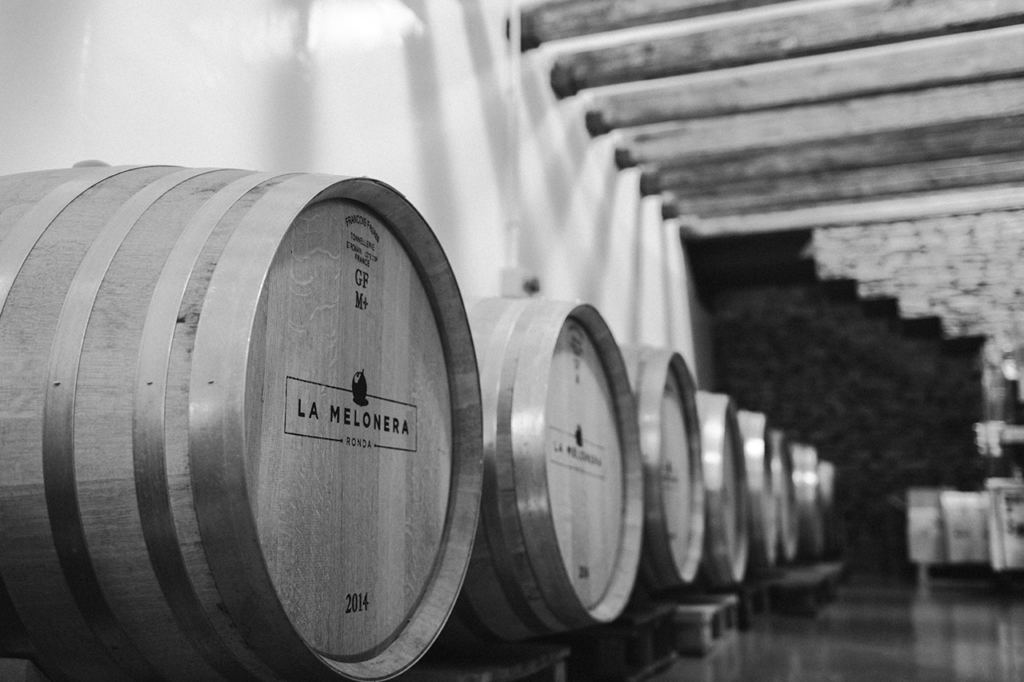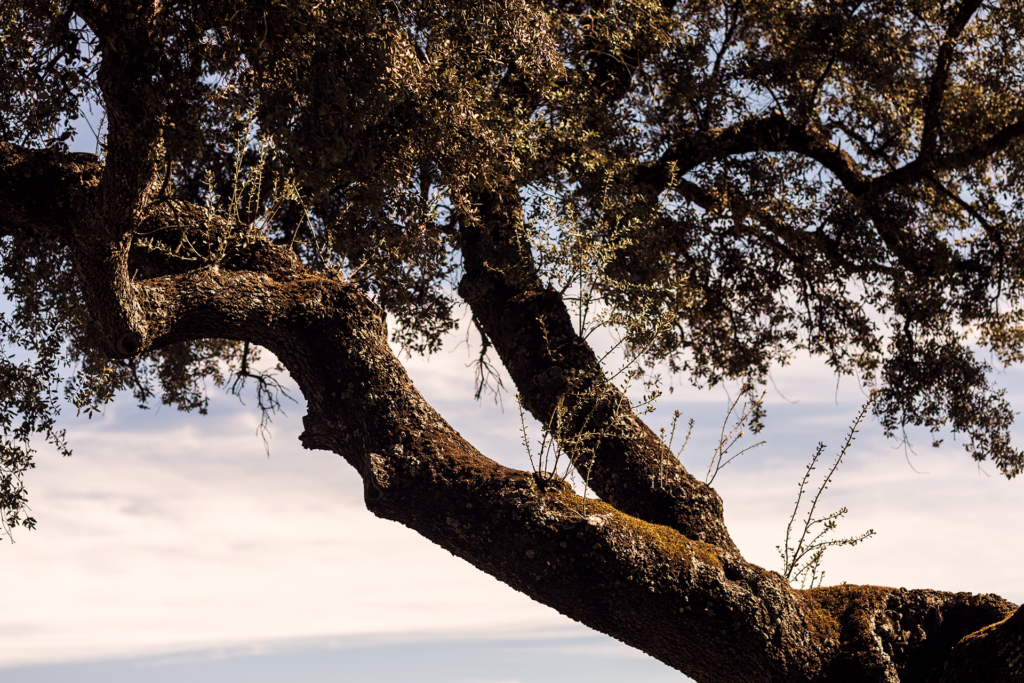The project
In the spring of 2003, the team at La Melonera set out on a monumental task: to recreate a wine-making tradition in the region of Ronda that dates back 3000 years.
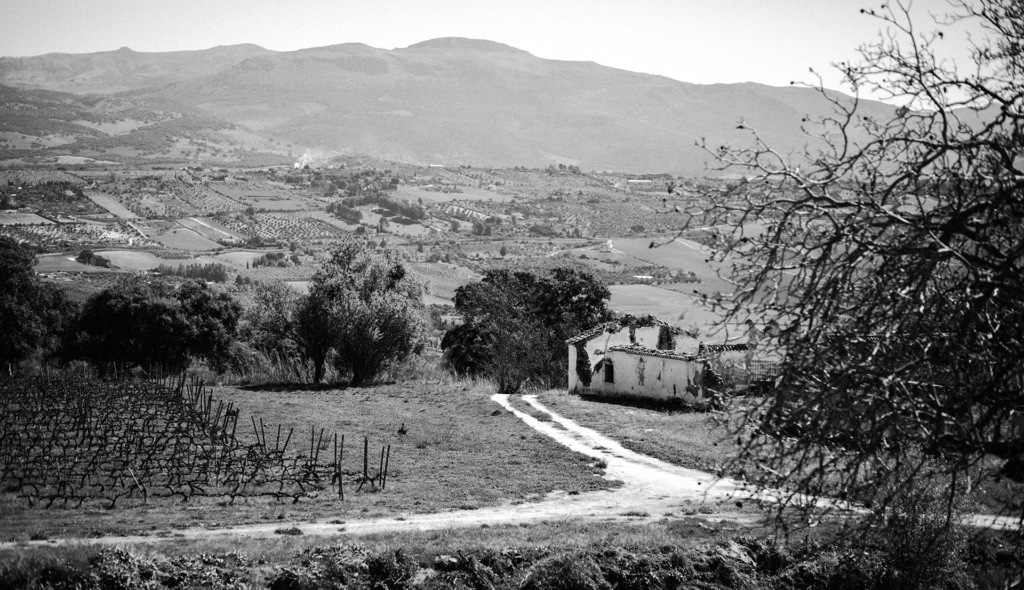
A dream, a challenge
It was late afternoon one spring day in April of 2003 when the team at La Melonera decided to do something different, something that would make an impact and at the same time pay tribute to a lifetime dedicated to viticulture.
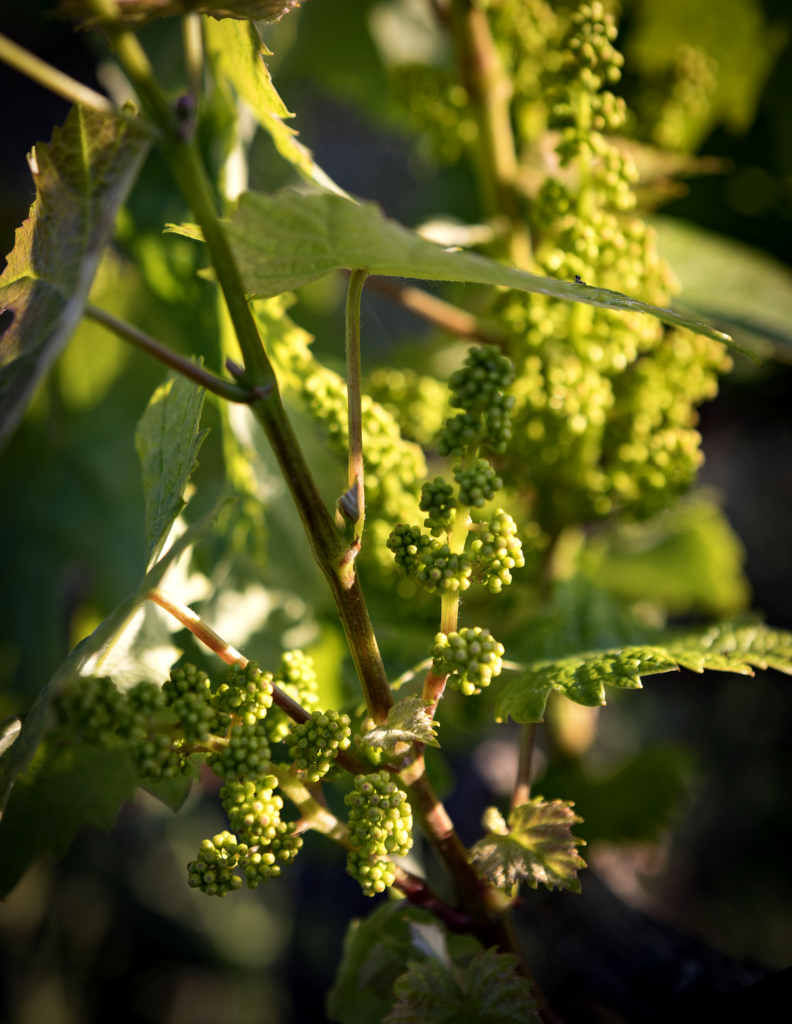
And thus, a group of investors, ready to meet the challenge, embarked on an adventure to find the best location for producing the most exquisite wines. After thoroughly researching the lengthy volumes of the private library of the Peralada Castle, property of the Suqué Mateu family since 1923, the answer was found in the pages of a book written in 1807 by Simón de Rojas Clemente. It detailed the unparalleled features of the Serranía de Ronda mountain range and its ancient wine-making tradition, which was halted at the end of the 19th century because of the phylloxera plague.
With patience and love, native varieties were brought back to life and returned to a land that basks in the Mediterranean sun, receives the cool breeze of the Atlantic winds and is the heart of a wine-producing tradition that dates back to the era of the Phoenicians. Little by little our work started to bear fruit, and now, with our La Encina del Inglés and Payoya Negra wines, we are living our long-held dream.
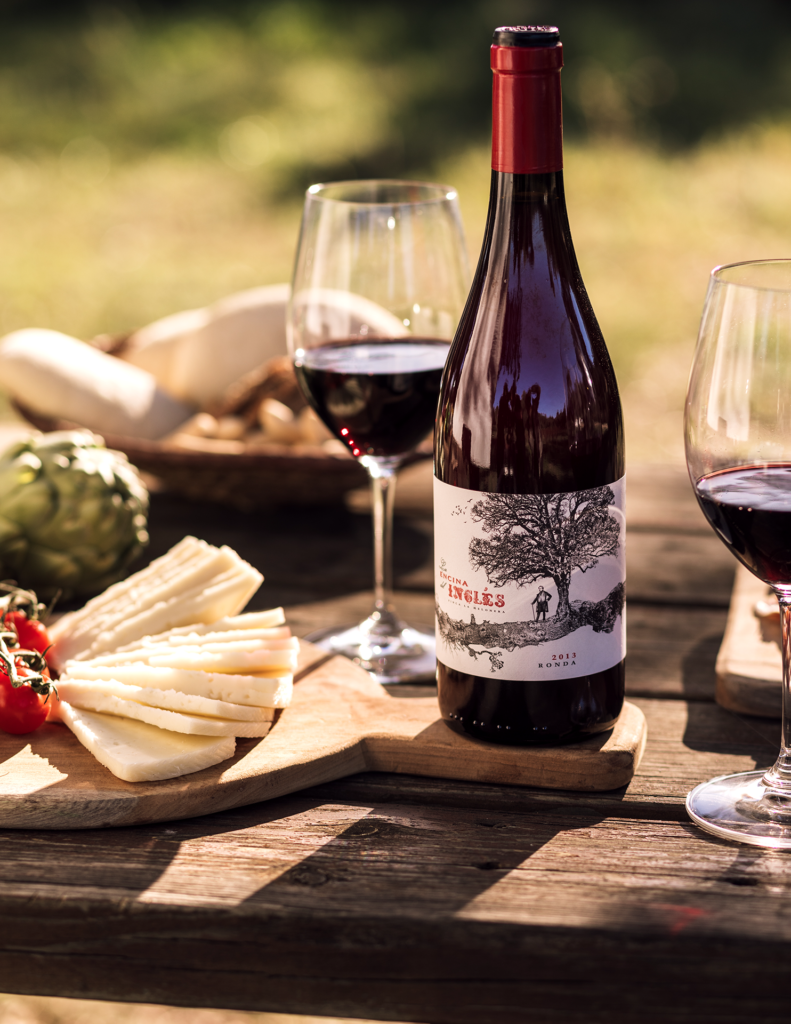
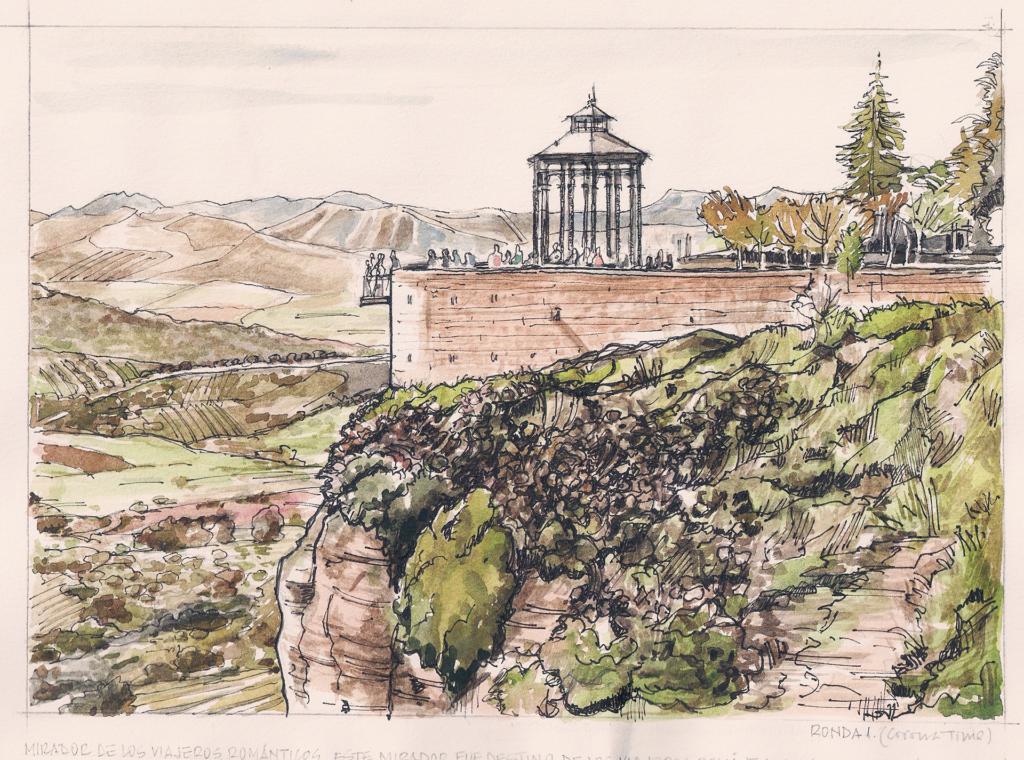
Illustrator: Fernando Sánchez-Beato Ruiz
With a winegrowing tradition that dates back to the era of the Phoenicians, the Serranía de Ronda mountain range is blessed with ideal geographical and weather conditions for wine ageing.
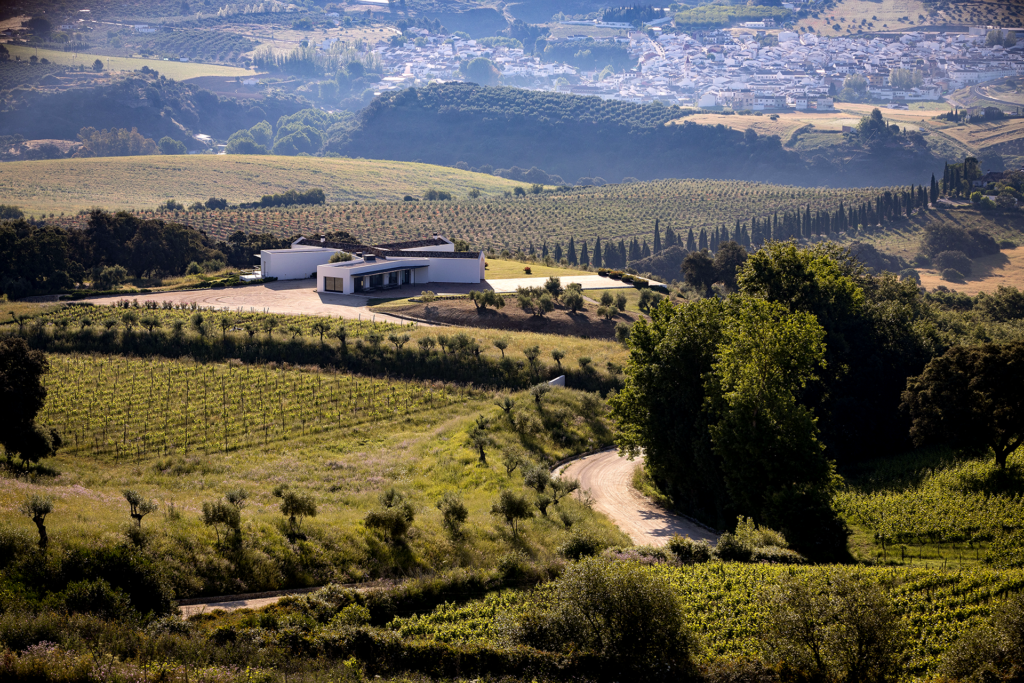
A bit of history
Located in the heart of the province of Málaga, where the rocky relief of the south descends into the coasts of the Mediterranean Sea, the Serranía de Ronda mountain range has been famous for its viticulture since these lands were first occupied by the Phoenicians, around the year 1200 B.C.
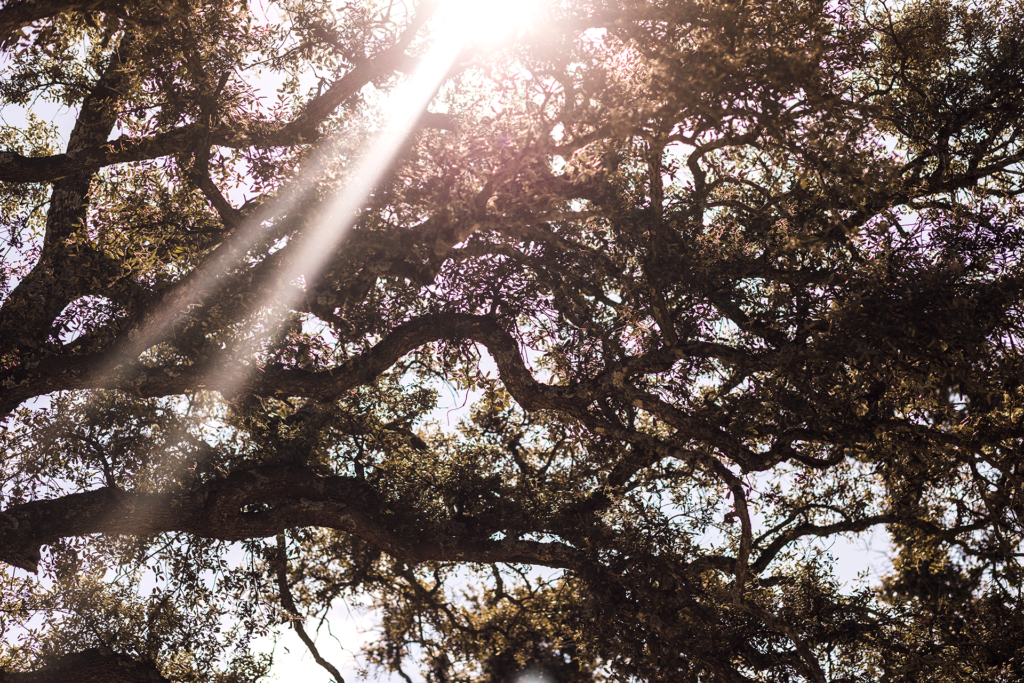
Through the works of Pliny, we know that this reputation was maintained throughout the Roman Empire, which is reflected by the coins minted in Acinipo, an ancient Roman city located two kilometres from the Melonera, which featured a bunch of grapes as a symbol.
Until the phylloxera plague, in the mid-19th century, the native varieties from this region were exported all over the world due to their superb quality and the region’s proximity to the ports of embarkation to the new world. Romantic travellers of the 19th century, such as the Hispanist Richard Ford or the British Prime Minister Benjamin Disraeli, travelled through this area on their way to Granada, in what was known as the Great South Tour, and renowned writers such as James Joyce, García Lorca or Hemingway all had words of praise for this sun-baked land of endless skies and good wine.
With a south-southeast orientation, the vineyards cover approximately 200 hectares. The altitude ranges from 650 to 940 metres, which can produce a single-day maximum temperature difference of up to 20 degrees, both in winter and in summer. Furthermore, the region receives more than 800 litres of annual rainfall, in addition to humid winds that blow in from the Atlantic, making the area the most ideal location for growing grapes.
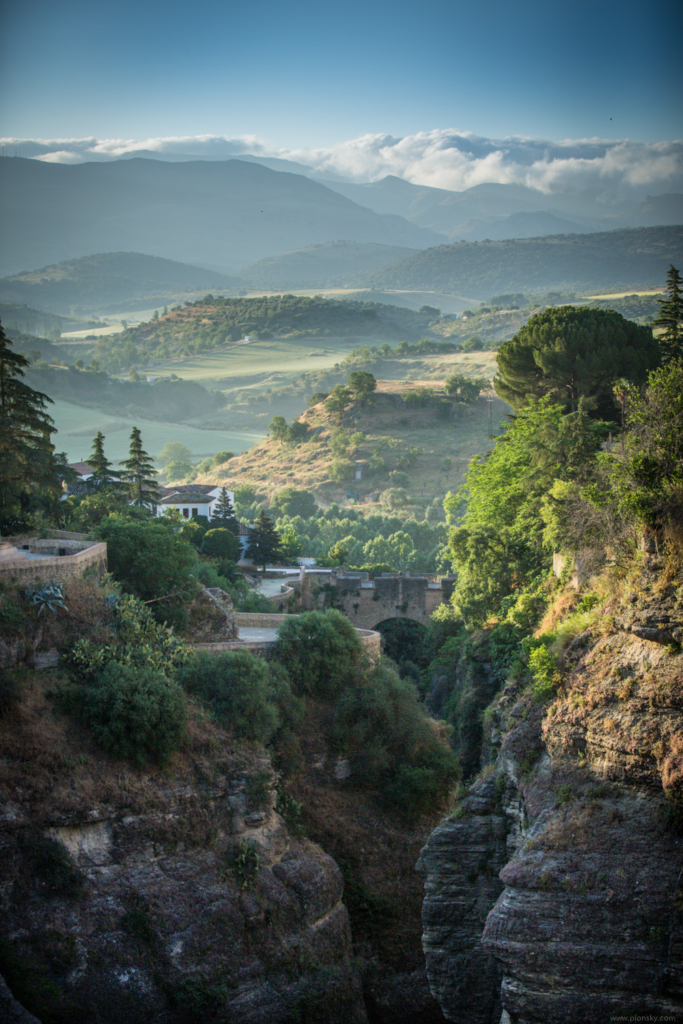
Our
Philosophy
The winery
